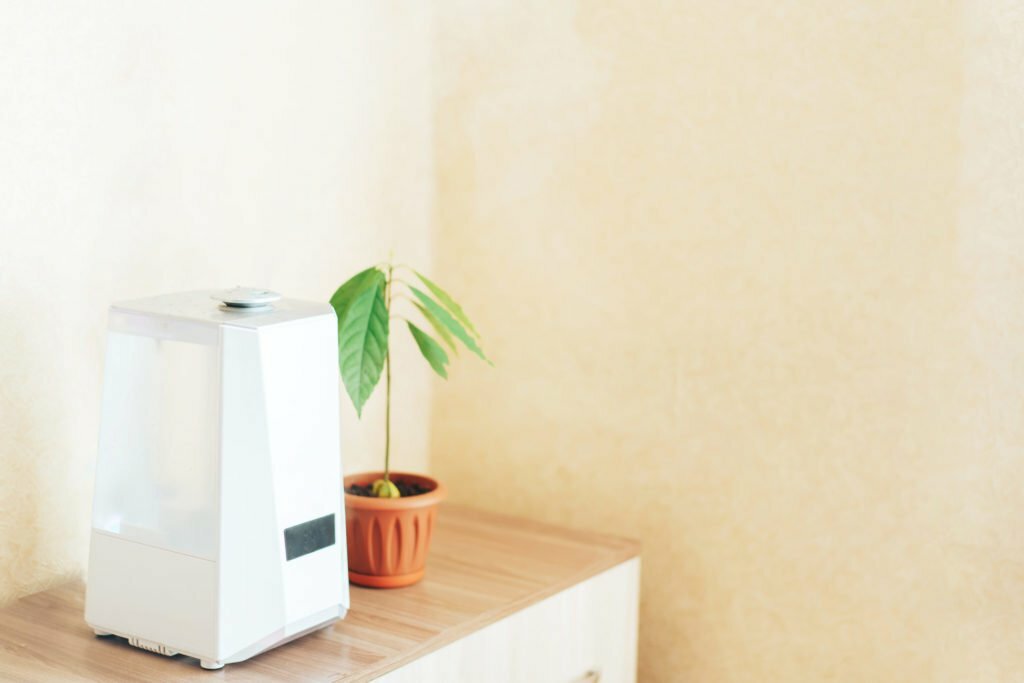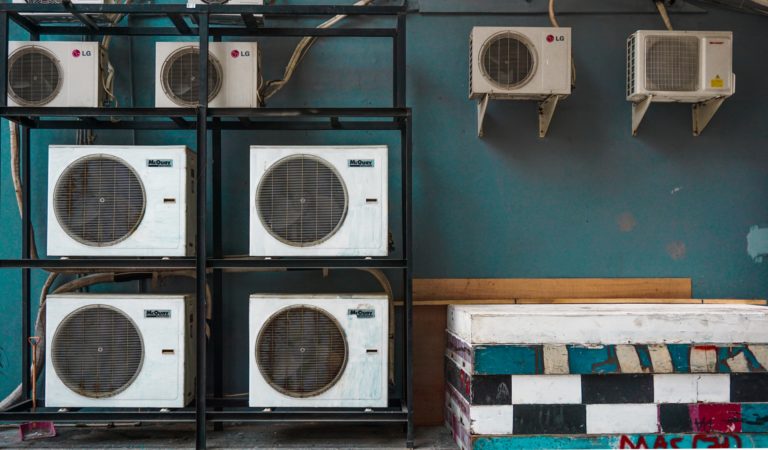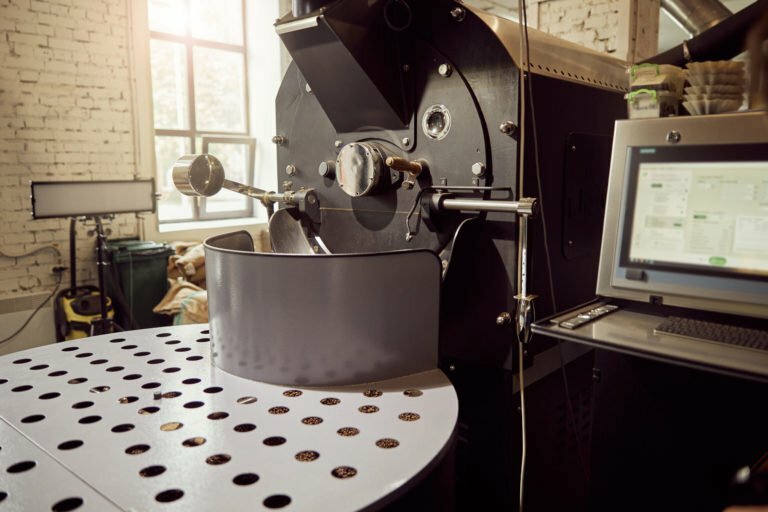What is a humidifier?
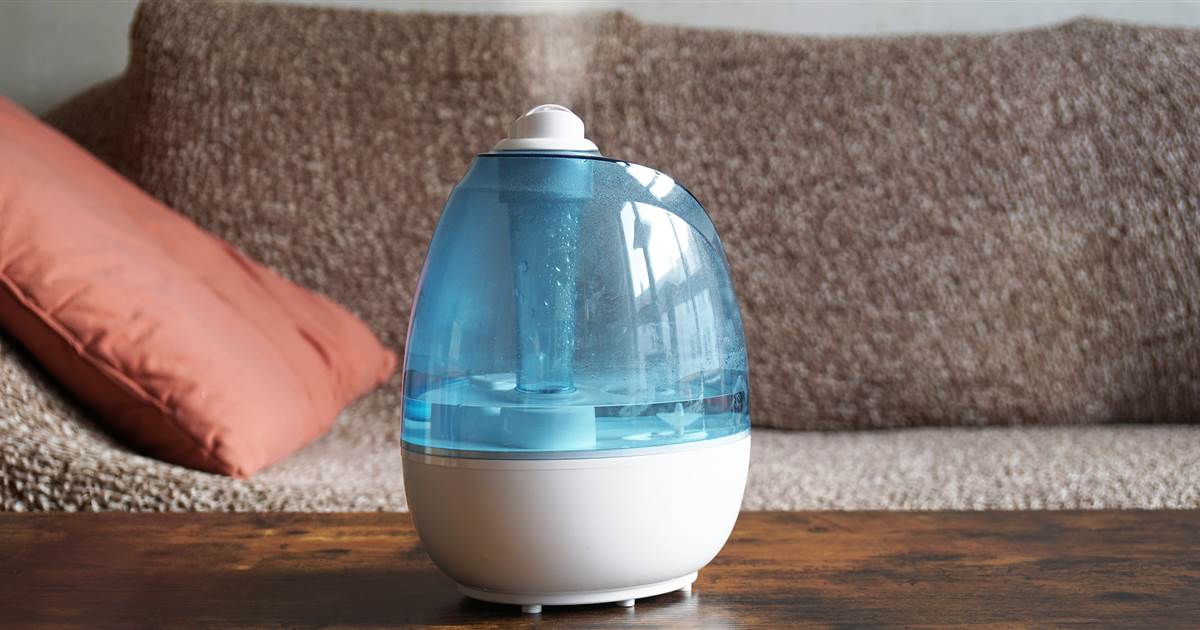
What is a dehumidifier?
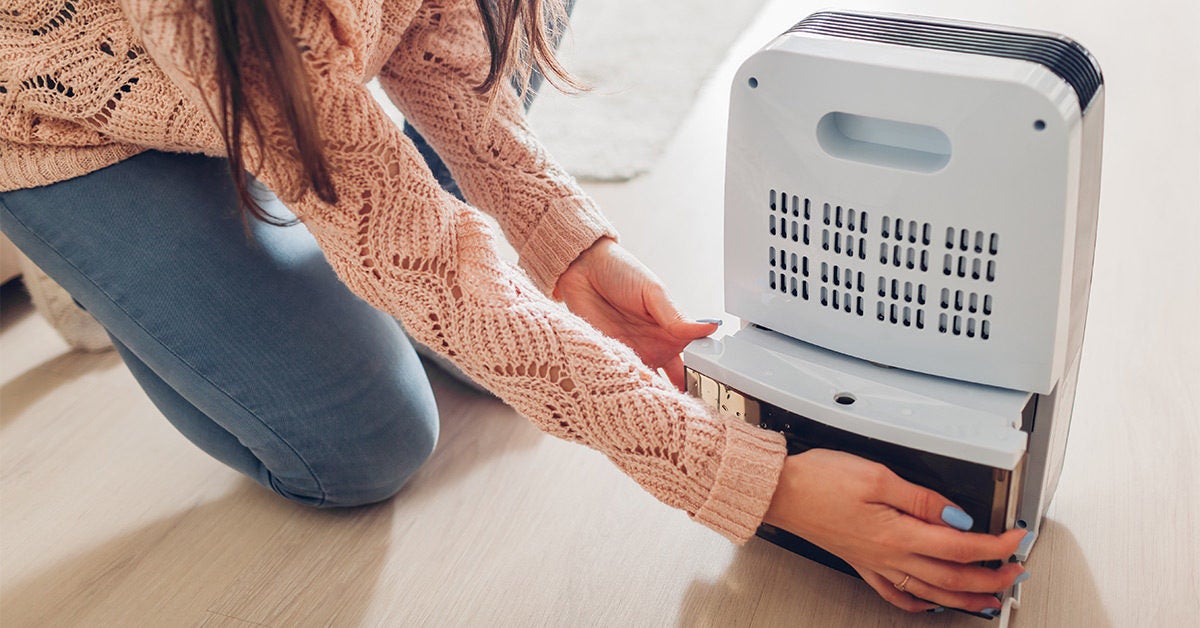
Which device do you need?
Both systems help reduce ailments like chest congestion, allergies, and asthma. Depending on your home and the indoor conditions, you may need one or both types of machines. A dehumidifier can treat asthma triggered by humid air, and a humidifier can help relieve nasal passage blockage or sinus congestion. The machine you need will be determined by the climate where you live and the effectiveness of your HVAC system. The air is naturally more humid in the summer and can create a sticky, uncomfortable feeling. However, in the winter, the air is usually dry and cold, which can be compounded by heaters. Your location, health concerns, and comfort level will determine what type of machine you need and when you should use it. Maintaining the right level of humidity in your home is important for your comfort and health. However, many situations and external factors can make managing humidity levels challenging. A humidifier or dehumidifier can help control the air moisture in your home and create comfortable conditions year-round.heat, allergy, mold, dehumidifier, humidity, humidifier, electricity, water, desiccant, air purifier, air conditioning, plumbing, difference between a humidifier and a dehumidifier, air pollution, asthma, health, condenser, mist, cough, skin, refrigerant, evaporator, pest, dust, water vapor, mildew, disease, bacteria, ultrasound, static electricity, indoor air quality, respiratory tract, allergen, hygrometer, space, furniture, tank, basement, mucus, wood, influenza, irritation, climate, furnace, heat pump, reservoir, odor, virus, sore throat, thermostat, room, hvac, heating, hvac system, electrical, bathroom, drop, silica gel, breathing, throat, boiling, chronic obstructive pulmonary disease, smart thermostat, duct, energy, smoke, sleep, common cold, bronchitis, lung, chemical substance, impeller, sinusitis, vibration, distilled water, shortness of breath, privacy policy, email address, dehydration, immune system, solution, pump, gel, essential oil, heating element, liquid, room temperature, diff between humidifier and dehumidifier, humidifier vs dehumidifier, central heating, condensation, mite, moisture, nasal congestion, air conditioners air, air filter, cancer, zip code, eye, inflammation, pain, difference between humidifier and dehumidifier, dehumidifier vs humidifier for mold, what is the difference between a humidifier and a dehumidifier, air purifier vs humidifier vs dehumidifier, difference between a dehumidifier and a humidifier, dehumidifier vs humidifier for allergies, difference between a humidifier and dehumidifier, difference between humidifier and a dehumidifier, dehumidifier humidifier, what’s the difference between a humidifier and a dehumidifier, humidifier versus dehumidifier

